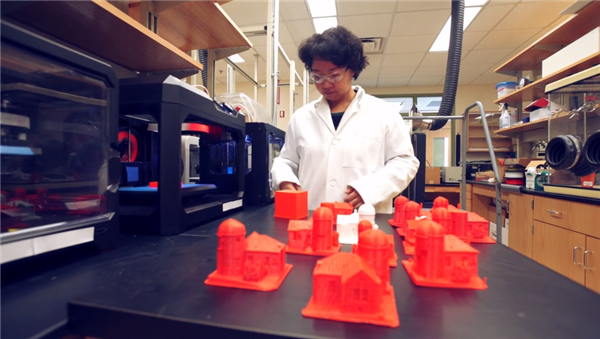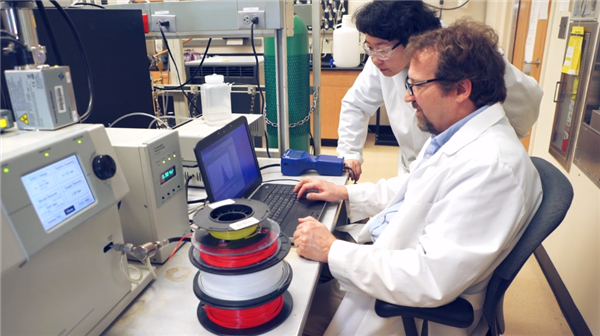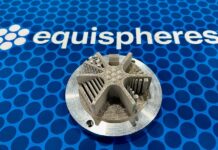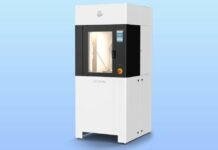Researchers from UL Chemical Safety and Georgia Institute of Technology (Georgia Tech) discovered that some desktop 3D printers release particles that may cause health problems.
The research is the result of a two-year investigation to explore the impacts of desktop 3D printers on indoor air quality. The research has been published in two sperate articles of the journal of Aerosol Science Technology.

Researchers measured particle concentrations and size distributions between 7 nm and 25 μm emitted from 3D printers under different conditions in an emission test chamber.
Results demonstrate that over 200 different volatile organic compounds (VOCs) – that could be irritants and carcinogens – are released while the manufacturing process is going on.
According to researcher Rodney Weber, these printers tend to produce particles that are very small, especially at the beginning of the print process, and in an environment without good ventilation, they could significantly reduce indoor air quality.
Particles emitted per mass of filament consumed (particle yield) varied widely due to factors including printer brand, and type and brand of filament. The higher temperatures of extruders are, the larger emissions are.
Even though they did not provide further info about that, researchers believe that nozzle temperature, filament type and color, as well as the type of printer may have an impact on emission levels.

“We found that one of the overriding principles is the temperature of the filament,” said Weber. “If you use a filament that requires a higher temperature to melt, such as ABS plastic, you produce more particles than PLA plastic filaments, which require lower temperatures.”
“Following our series of studies – the most extensive to date on 3D printer emissions – we are recommending additional investments in scientific research and product advancement to minimize emissions, and increased user awareness so safety measures can be taken,” Marilyn Black, vice president and senior technical adviser at UL, said.
For further information about 3D Printing, follow us on our social networks and subscribe to our newsletter
Would you like to subscribe to 3D Adept Mag? Would you like to be featured in the next issue of our digital magazine? Send us an email at contact@3dadept.com
//pagead2.googlesyndication.com/pagead/js/adsbygoogle.js
(adsbygoogle = window.adsbygoogle || []).push({});







